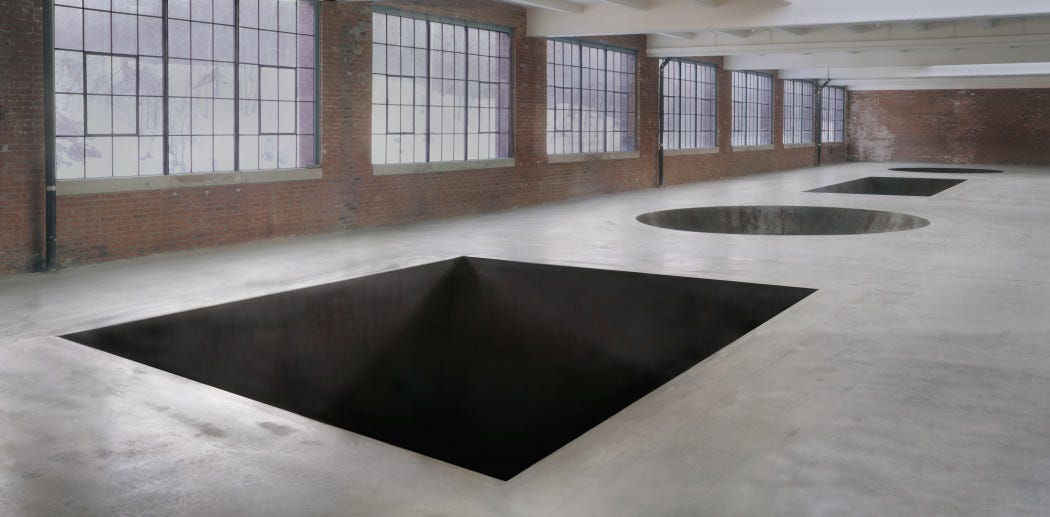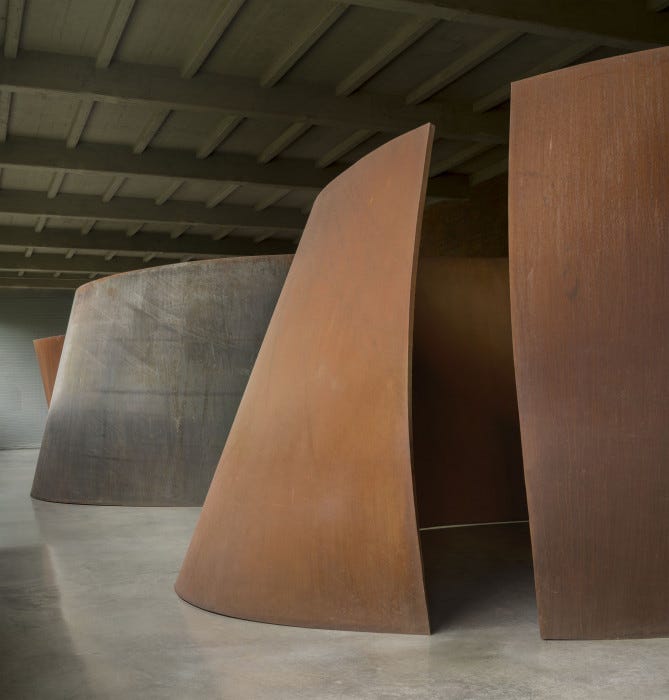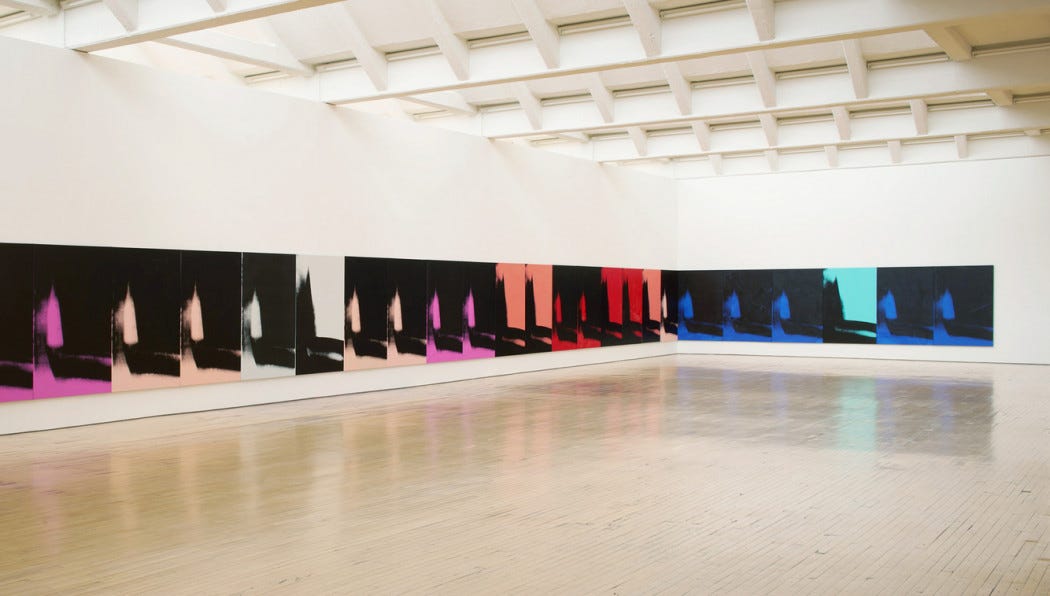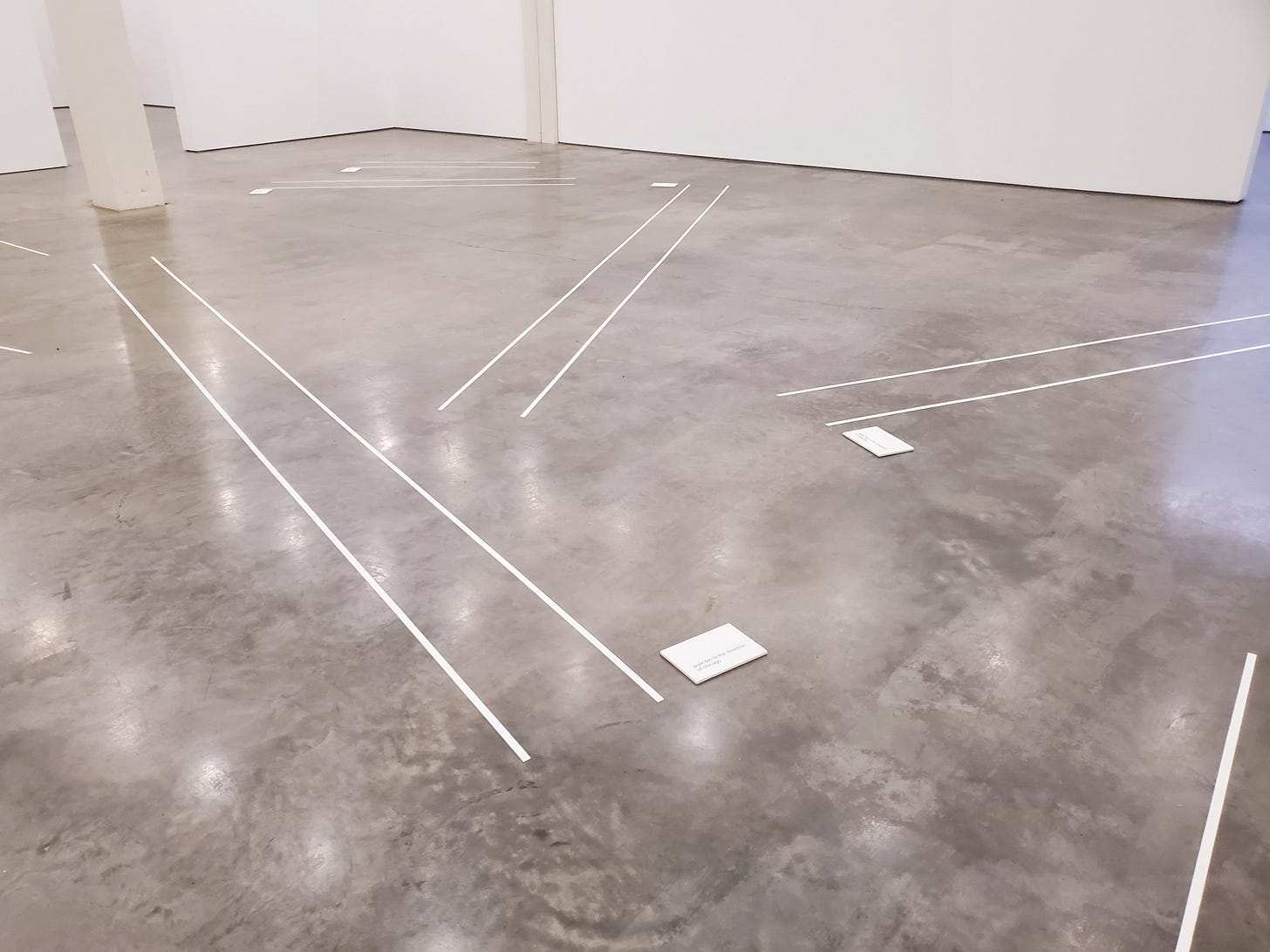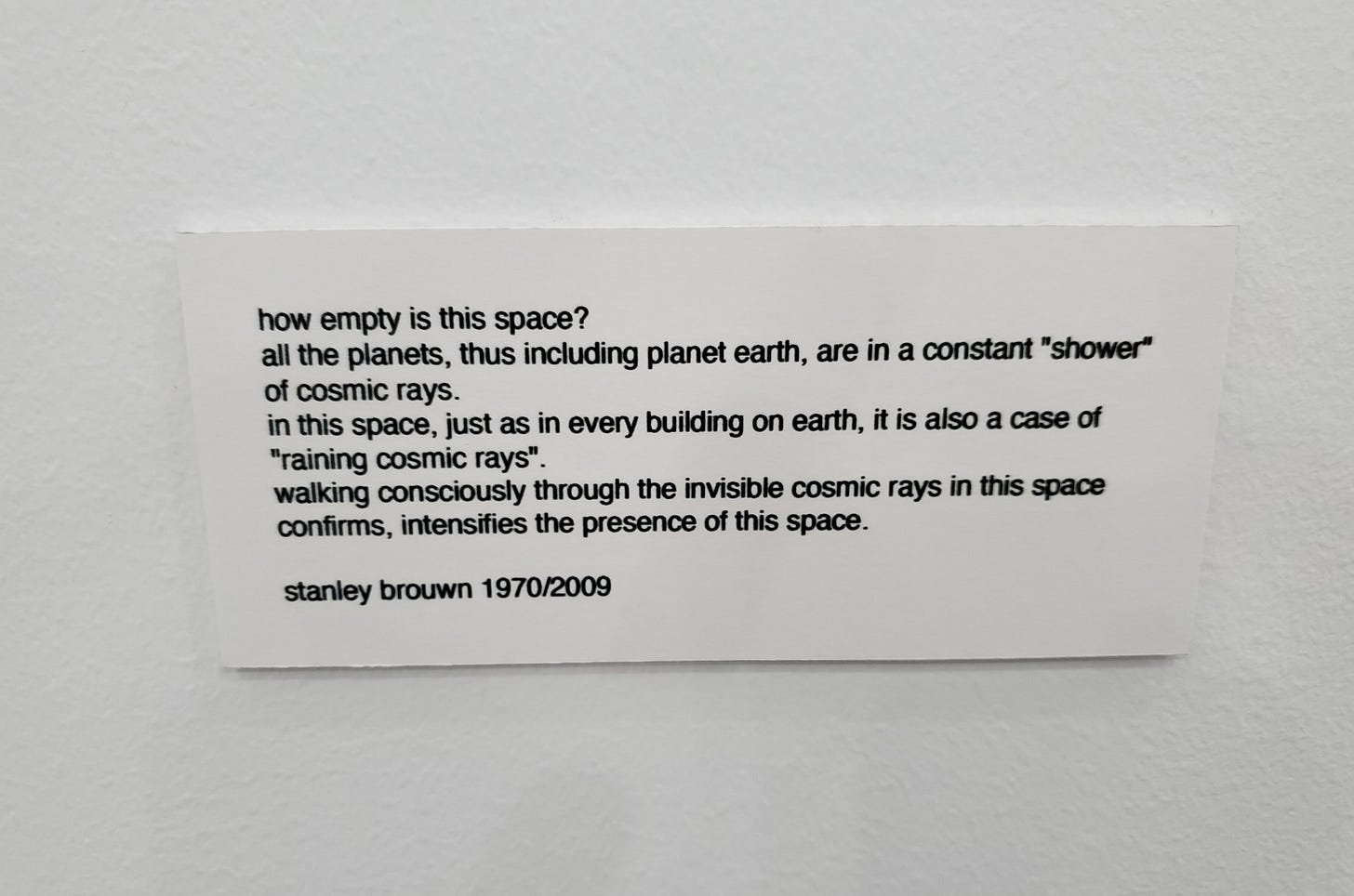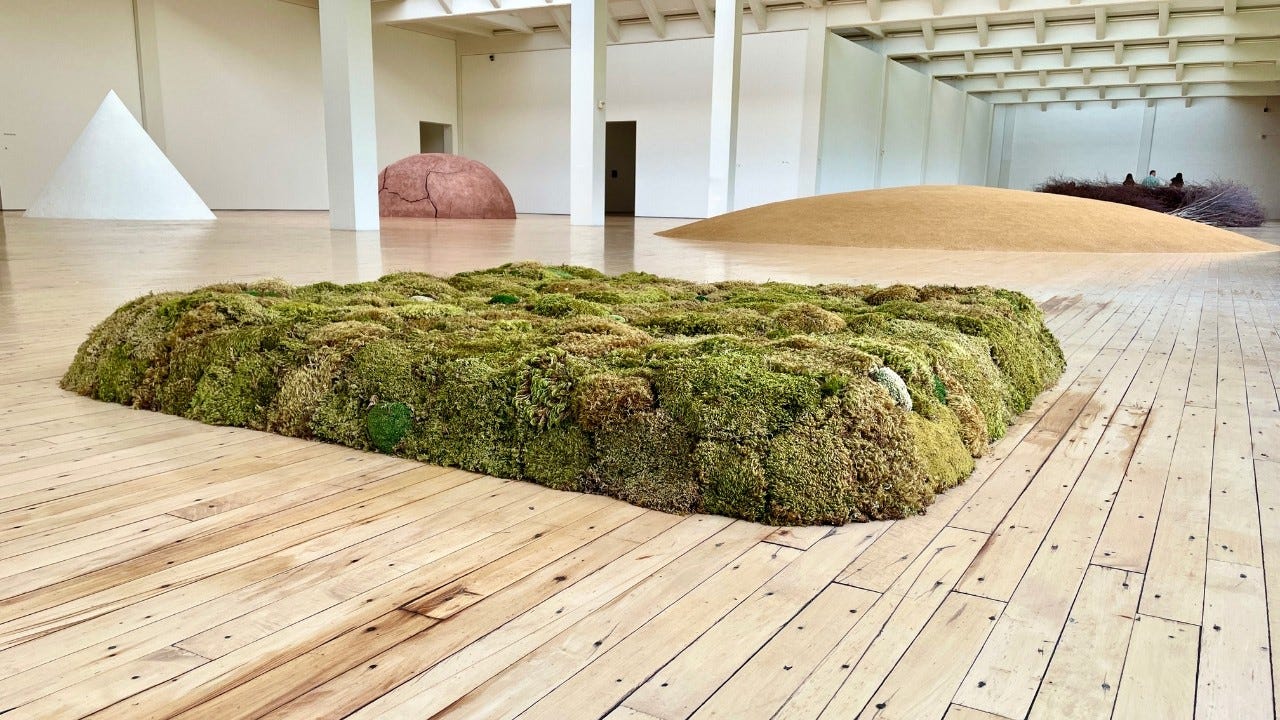Recently, I made a day trip upstate to visit Dia Beacon. Once a Nabisco box factory, the building was renovated in the early 2000s by a collaboration between artists and architects. The result is a staggering space literally built around certain installations, including Michael Heizer’s North, East, South, West and Richard Serra’s Torqued Ellipses.
These large-scale installations were fascinating not just because of the works themselves, but also because of the logistics involved in bringing them to life. The exhibits showcase the traditional care and effort from the artists, but also from the curators and architects involved. These pieces bring the gallery itself to life - not just as a building that houses art, but as a work of art in its own right.
This is what Dia is known for: converting industrial spaces into contemporary art environments, and in doing so, creating something far beyond a typical gallery.
In addition to these monumental pieces, there were many more traditional installations of paintings and sculptures. Most were visually stunning, including an exhibit of 102 similar but unique Andy Warhol paintings.
But my favorite installation in the entire gallery was two rooms dedicated to the work of stanley brouwn, a Dutch conceptual and minimalist artist.
The first room featured a series of parallel tracks made of plaster tape, each leading in a different direction. Beside each was a small placard: “walk 5m in the direction of Belém,” “walk 3m in the direction of Marrakech,” “walk 2m in the direction of Warsaw,” and so on.
It was so incredibly simple. Almost every other work in the gallery looked like it had taken weeks, if not months or years, to create. But this piece - lines of tape and typed instructions - looked like it could have taken an hour at most.
And yet, as I faithfully walked 3 meters toward Oslo and then 6 meters toward Chicago, I felt a deeper appreciation for this piece than for any of the others. In a gallery filled with signs warning “do not touch the art” and even “do not walk between the pieces,” this one invited me to move. Not just participate, but to bring the art to life in a way.
The lines on the floor meant almost nothing unless you gave them meaning - by walking them, by imagining yourself moving toward a real place, by choosing to make them matter.
And that’s what I really enjoy about art. I enjoy experiences like Punchdrunk’s Sleep No More far more than any Broadway play because they’re not one-sided. They ask the audience to step in, to take part. It invites the audience to participate, to engage, and it is clear that the art by itself should not and cannot stand alone.
brouwn’s second room was even more conceptual. To be honest, when I first saw it I thought it was a practical joke and I laughed.
It’s a completely empty room with a single placard on the wall - almost identical to placards used throughout the gallery labeling artist and artwork. This one has marginally more information: telling the observer that cosmic rays are, in fact, everywhere around us, and you are meant to walk through the room consciously aware that you are walking through cosmic rays.
I still find it hilarious that this room sits next to objectively stunning works like Meg Webster’s Mother Mound, which must have taken weeks to build.
But again, after pausing for a moment and humoring the artist, I found myself genuinely enjoying the experience. Walking through the empty space, suddenly aware of something invisible and vast, felt oddly profound.
There was a time when I thought art had to reflect skill, talent, and effort. That the best artists were those who could paint like the Renaissance masters or shock me with beauty. I didn’t really get modern art. The classic question of “why is this colored square worth millions of dollars?” echoed in my head. I still don’t pretend to be an expert. But I think I get it a little more now.
It’s not about what the art looks like or how much effort was put into it. It’s about what it makes you feel. And if an empty room can make me pause, reflect, and feel more than a giant sculpture or a room full of Warhols then maybe that’s all the proof I need that stanley brouwn might be one of the greatest artists I’ve encountered.




